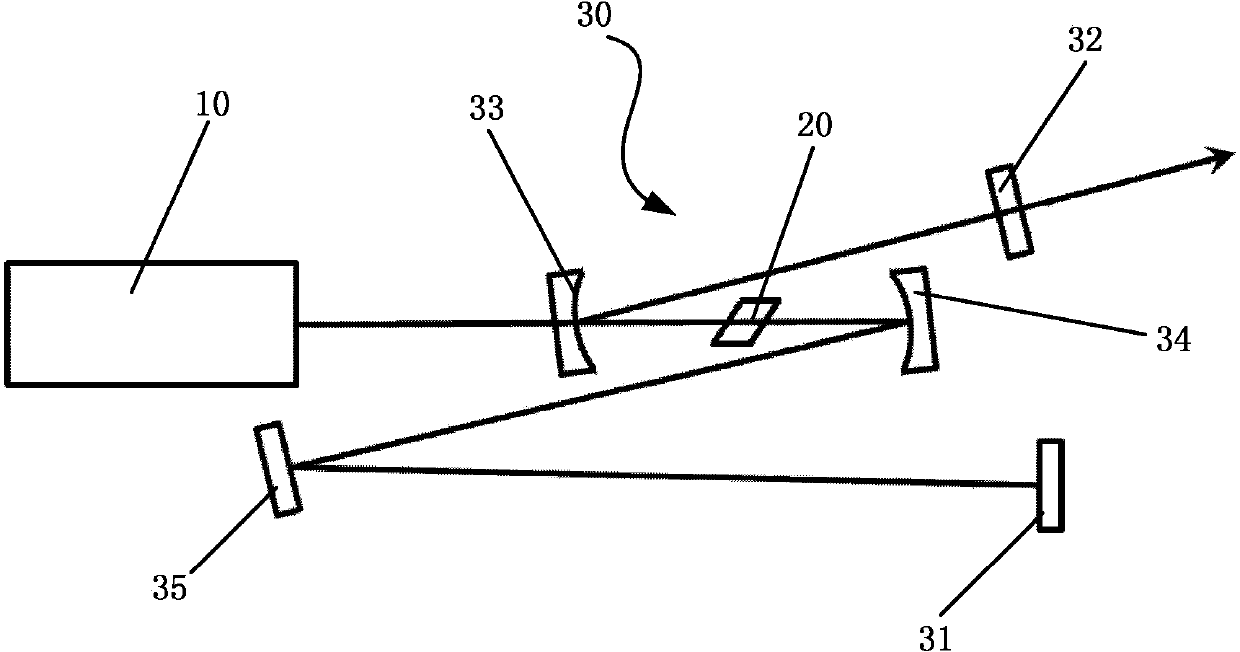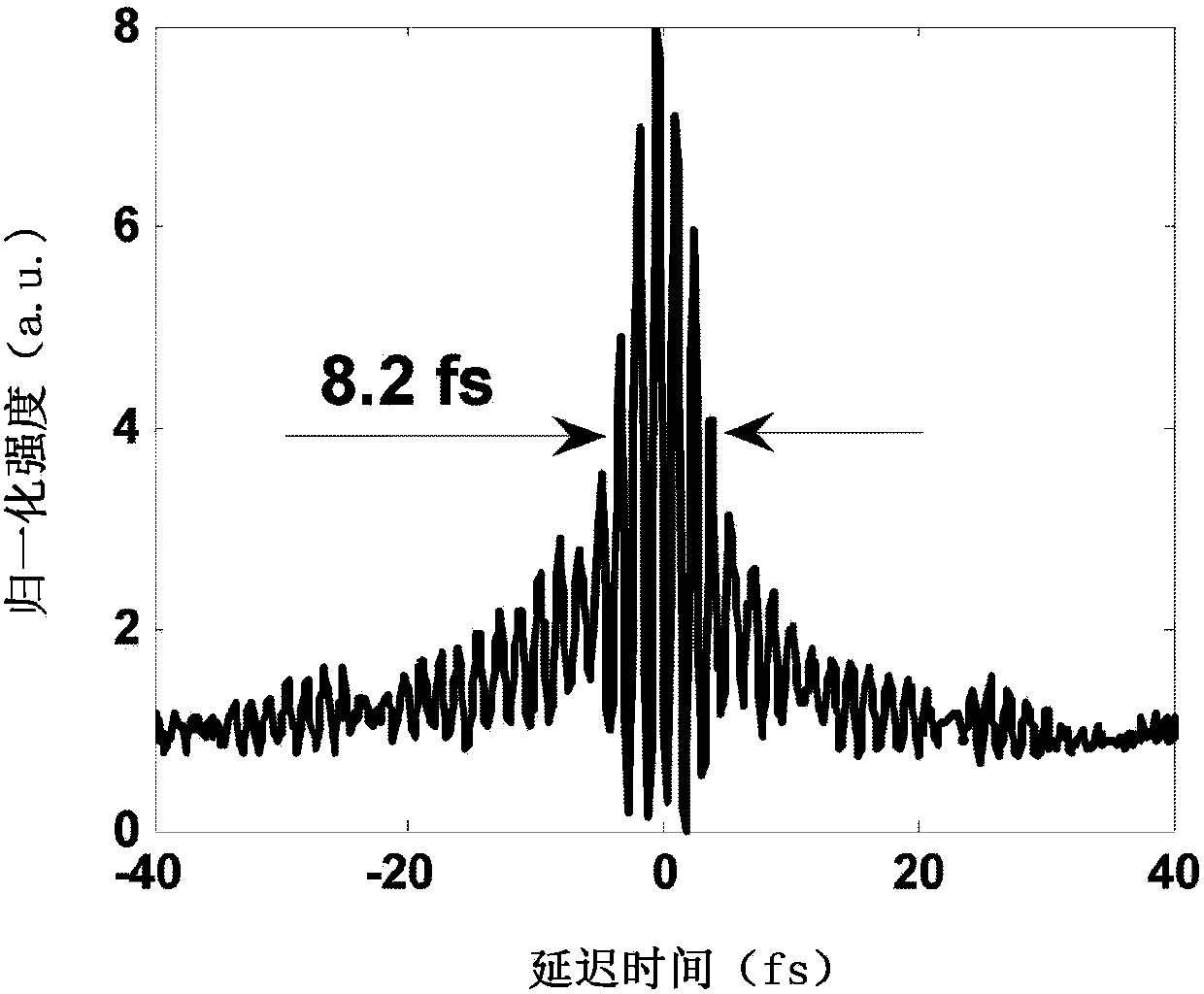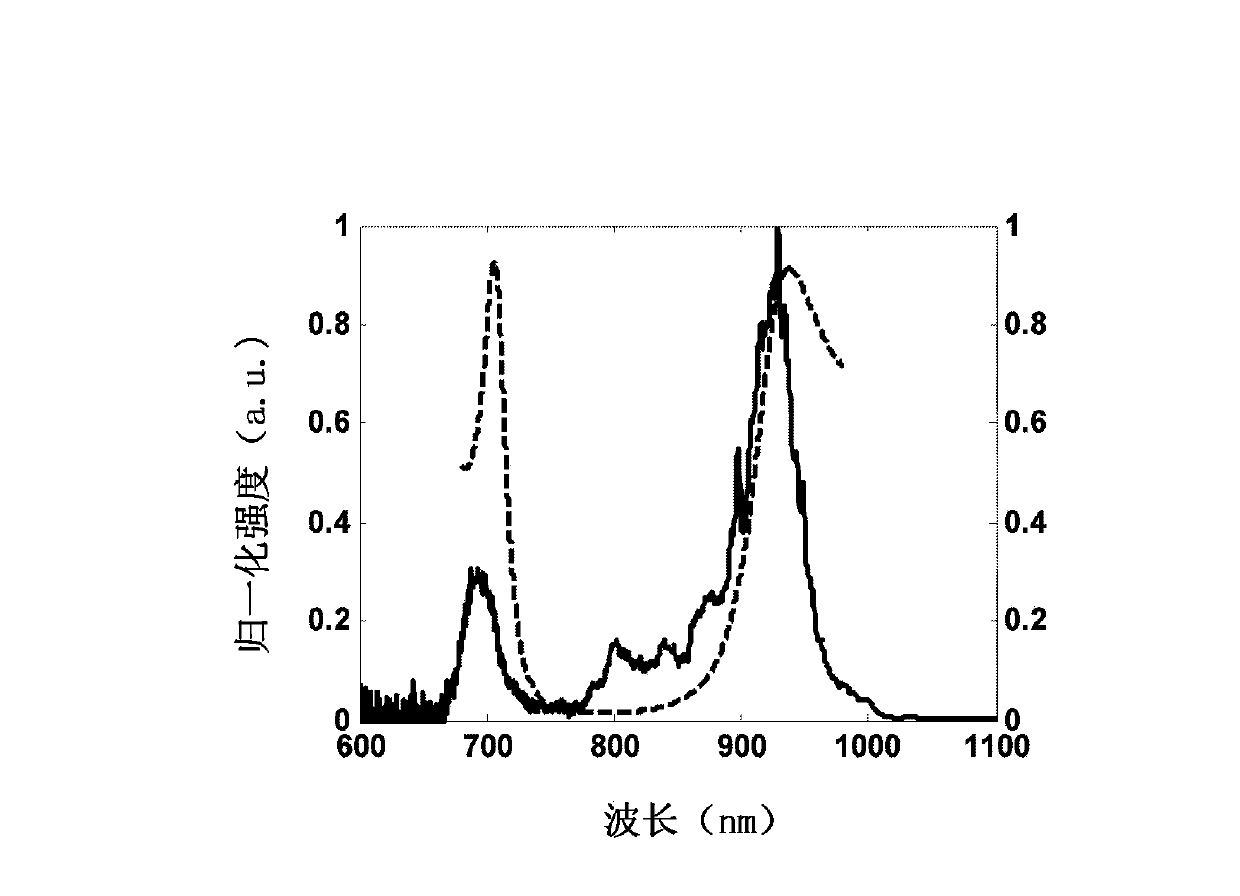Kerr lens mode locking Ti (Titanium) sapphire laser unit of 488nm laser pumping
A sapphire laser and Kerr lens technology, applied in the field of lasers, can solve the problems of output wavelength other than titanium sapphire, multi-pulse, low cost, etc.
- Summary
- Abstract
- Description
- Claims
- Application Information
AI Technical Summary
Problems solved by technology
Method used
Image
Examples
Embodiment Construction
[0027] In order to solve the problems of poor performance and low conversion efficiency of Ti:Sapphire lasers caused by high pump source cost, high pump operating power, and poor beam quality in the prior art, the present invention provides a 488nm laser pumped Kerr lens Mode-locked Ti:Sapphire laser is used to output laser pulses mode-locked by Kerr lens. Such as figure 1 As shown, in a typical embodiment of the present invention, the Ti:Sapphire laser includes a pump source 10 for providing pump laser, a resonant cavity 30 defined by a plurality of optical elements, and titanium used as a gain medium and a Kerr medium. Gem laser crystal 20.
[0028] Among them, the pump source is a fiber laser with an output wavelength of 488nm. The fiber laser with an output wavelength of 488nm has the advantages of good beam quality, low intensity noise, and narrow output linewidth. The 488nm output wavelength is just near the absorption peak of the Ti:Sapphire crystal, which can generate st...
PUM
 Login to View More
Login to View More Abstract
Description
Claims
Application Information
 Login to View More
Login to View More - R&D
- Intellectual Property
- Life Sciences
- Materials
- Tech Scout
- Unparalleled Data Quality
- Higher Quality Content
- 60% Fewer Hallucinations
Browse by: Latest US Patents, China's latest patents, Technical Efficacy Thesaurus, Application Domain, Technology Topic, Popular Technical Reports.
© 2025 PatSnap. All rights reserved.Legal|Privacy policy|Modern Slavery Act Transparency Statement|Sitemap|About US| Contact US: help@patsnap.com



